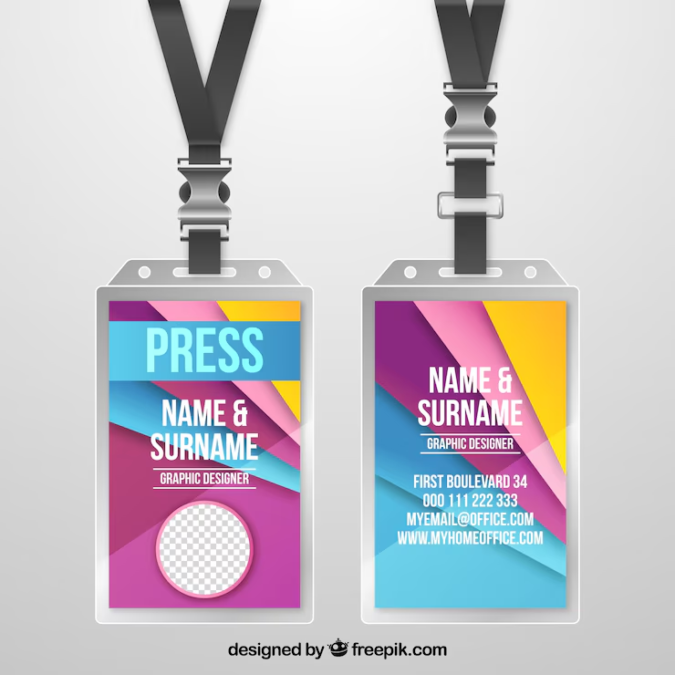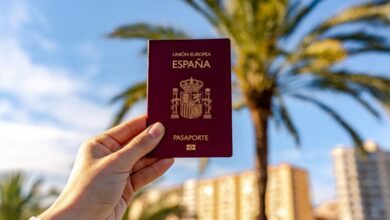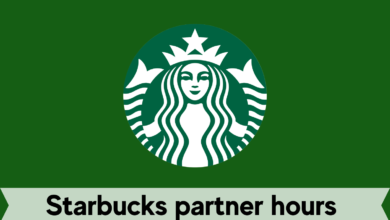Custom event badges are more than just identifiers. Think of your event badge as a wearable handshake. It provides key information that helps attendees network at conferences, events, and meetings. These badges leave a good impression and give attendees a sense of value and recognition.
A well-designed badge promotes your brand, simplifies networking, and creates a better overall experience. However, developing these badges involves a little extra time and thought.
This guide explains how to design custom event badges in the best possible manner—from concept to creation.
1. Conceptualize Your Badge Design
The first step in making an effective custom event badge is to conceptualize a design based on the theme and goals of the event. Who is your target audience and what will make an appealing badge for them? Take the time to brainstorm different ideas and get inspiration from various places to help develop a perfect concept.
At this point, branding elements such as colors and logos come in handy. They should build on your event’s branding to ensure a consistent look. For example, if the theme is eco-friendliness, you intend to encompass green hues or nature-inspired designs.
Depending on what’s most important to you, whether it be keeping a light footprint on the environment or a well-thought-out concept, the pathway to an amazing badge is waiting. With many service providers available in the market, opt for one that offers varied options for bringing your custom event badge to life.
2. Consider Material Options
Choose the right materials for your badges, as each has advantages and disadvantages. The paper badge is cheap but may not hold up for a multi-day event. The plastic badge is stronger and gives the feel of professionalism, but it could be a bit pricey. With metal badges giving the feeling of excellence and high durability, they’re a perfect option for exclusive events.
Eco-friendly material options, such as recycled paper and biodegradable plastics, attract environmentally conscious attendees. The choice of material will also depend on the nature of the event and your budget. Making the right choice enhances both functionality and appearance.
3. Designing for Functionality and Appearance
An effective event badge should balance functionality and aesthetics. Consider the size and shape of the badge. While the badge should be large enough to hold all the useful information, it should be light.
Font choices and layout are important. Names and titles should be readable from a distance. Include your logo and any other relevant graphics without condensing the design.
Add other functionality, including QR codes that securely enable organizers to access information about attendees or NFC tags that support seamless check-ins. A good badge design thus automatically enhances the experience of the attendees while supporting your brand.
4. Production and Quality Control
Once you have a final design, it’s off to production. Just make sure that you find a reliable printing service before ordering full production—you’ll want to get proofs or prototypes to catch any errors before producing the final copies.
During the production process, you should implement very strict quality control. Check for uniformity of color, clarity of text, and the overall finish. From a classic gloss finish to a holographic overlay perfect for additional security, the finish on your event badge can really take the aesthetic to a new level.
Any inconsistencies in the badge will diminish its potential and cast a negative light on your event. High-quality production means your badges appear professional and serve their intended purpose—changing them from a simple name tag into a keepsake.
5. Personalization Options
Personalization adds an extra touch to event badges. Variable data printing enables you to customize each badge with the names and titles of attendees. Doing so makes badges more special and boosts the attendees’ quality experience.
Additional personalization options are badge holders, ribbons, and extras that will give your badges a real feel. The components should only complement each other in such a way that they go according to the theme of the event. Multicolored lanyards can add light-hearted reach for a casual event, while sleek badge holders blend well in corporate settings. Personalization and customization make your badges unique and, hence, memorable.
6. Sustainability Considerations
If you’re producing as many badges as possible for your upcoming in-person conference, sustainability is one element you should consider. Use eco-friendly materials and reduce environmental harm in printing processes. Papers from recycled materials, biodegradable plastics, and soy-based inks are preferred.
Sustainability is good for the environment and the reputation of your brand event. All attendees recognize and appreciate a reduction in waste and actions seeking to promote eco-friendliness. Emphasize your sustainability efforts on your event-use material to entice potential participants concerned about the environment. Sustainable practices ensure that your badges will be beautiful and responsible.
Conclusion
Add that extra special touch in custom event badges—thoughtful planning down to every last detail. From the beginning, material choices and functionality versus aesthetics, high-quality production, and personalization at every step of the way are all important. Of course, bringing in sustainability heightens your event and its desirability.
With these steps, you will be well on your way to creating memorable event badges for your guests.
Also Read: https://usatimenetwork.com/




